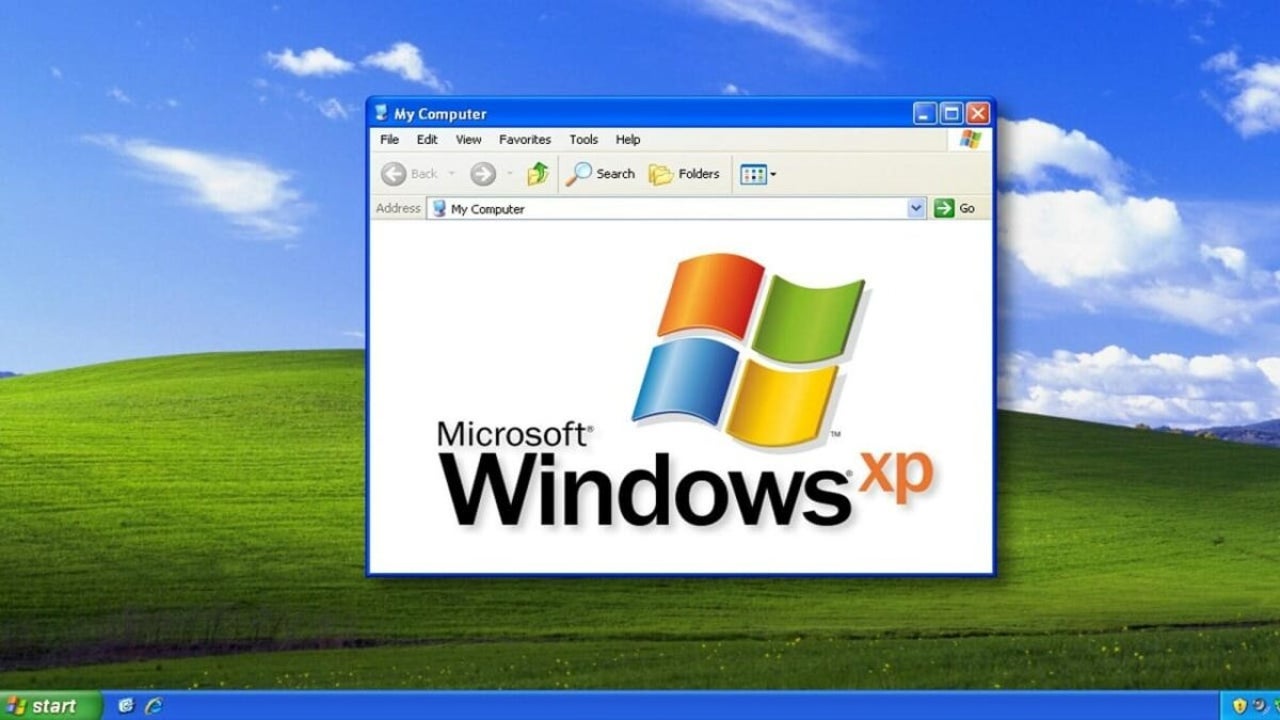News
22 years ago, Windows XP was released: the history of the most popular operating system of the 2000s
An operating system so old that it could buy beer in the United States.

- October 28, 2023
- Updated: March 7, 2024 at 2:06 PM

Windows XP is still considered by many as one of the best versions of Microsoft's operating system (it is for me), although I believe that Windows 7 holds that position as the king of operating systems.
While it is true that it is outdated in many aspects compared to current laptops and PCs, at the time, it represented a giant leap for Windows as it brought a new look and tons of new features. By the way, Microsoft Word was released 40 years ago.
If there's a version of Windows worth celebrating, it's probably this one and Windows 7, but this one is much more modern… or at least that's what us older folks like to think.
A genuinely useful and beautiful interface
Windows XP represented a significant visual overhaul of Windows, departing from the squared and grayish look of the past to introducing a more vibrant and customizable user interface.
Of course, Windows XP came with the iconic blue taskbar and window borders by default, along with the green Start button in the lower-left corner. And the desktop background, Bliss, was a picture of a green hill in the Napa Valley, California.
These elements are probably the first that come to mind when thinking about Windows XP, and it's hard not to feel at least a little bit of nostalgia for it.
But the new design of Windows XP wasn't just visual. One of its main components was the Start menu, which now featured a dual-column design with quick access to the things that matter most to you.
On the left side, you could pin important applications and see the programs you use most frequently, while on the right, there were shortcuts to user folders and tools like the Control Panel.
The taskbar was also enhanced with the ability to group multiple windows of the same application, which surprisingly remains a controversial feature to this day. In fact, Windows 11 completely removed the ability to ungroup windows, but had to bring it back due to user feedback.
Autoplay made everything much easier
Windows XP also brought a significant improvement in usability thanks to Autoplay. Although Autoplay already existed in Windows 95 and 98, it primarily helped with managing CDs and DVDs. However, with the rise of USB in the early 2000s, more and more devices relied on the connector, and many of them didn't work out of the box before XP.
Autoplay made it so that when you inserted a USB drive into the PC, Windows would automatically detect it and attempt to take the appropriate actions (usually by asking the user what to do) to make the device work.
In many cases, it simply facilitated multimedia playback or file viewing on a drive, but AutoPlay drivers also allowed the execution of dedicated software for devices that required it, greatly simplifying the setup of USB devices we might have. It's something we take for granted today, but it was already a significant problem back then.
All sorts of improvements in Windows XP
Of course, as with any version of Windows, there are plenty of small changes that contribute to the overall experience. Windows Explorer became more useful with a task pane on the left side, which suggested appropriate tasks depending on the type of files you were viewing.
For example, a folder of images could show you options to start a slideshow or print an image. In this regard, XP also introduced a filmstrip view for images directly in Windows Explorer.
Windows XP also sped up boot times through an improvement in prefetching, which placed startup files in more easily accessible locations on a hard drive to load them more quickly during startup.
It also became possible to easily switch between different users on a PC, as each user no longer had to log out of their account and close all their programs to let someone else use the computer. Instead, the tasks of the other user were simply saved and suspended while the user interface switched to another user.
Another significant improvement was the introduction of ClearType, a subpixel rendering technology that enhanced text readability on LCD screens, which were becoming increasingly popular at that time.
ClearType improved text clarity by using specialized anti-aliasing designed specifically for the subpixel arrangement of these panels, making the text appear smoother at the edges.
This technology is still in use today, although it now causes issues with some OLED panels due to the different subpixel arrangement in some of them.
Windows XP was very well received by users from its launch, and even though its successor, Windows Vista, was highly controversial, it remained the most popular operating system for over a decade. According to NetMarketShare statistics, Windows XP was not surpassed by Windows 7 until August 2012.
Journalist specialized in technology, entertainment and video games. Writing about what I'm passionate about (gadgets, games and movies) allows me to stay sane and wake up with a smile on my face when the alarm clock goes off. PS: this is not true 100% of the time.
Latest from Chema Carvajal Sarabia
You may also like

Hyundai’s Ioniq 9: Pre-Orders Open with Starting Price Around $60,000
Read more

Chevrolet Silverado EV ZR2 Features Tri-Motor Setup With 1,100 Horsepower
Read more

Production Woes Continue as Tesla Struggles with Cybertruck Demand
Read more

Toyota’s bZ3X Kicks Off Electric SUV Revolution in China with $15,000 Price Tag
Read more

Drivers warned: Kia’s 2025 EV9 may experience loss of propulsion
Read more

Xiaomi has just beaten Tesla on its own turf
Read more